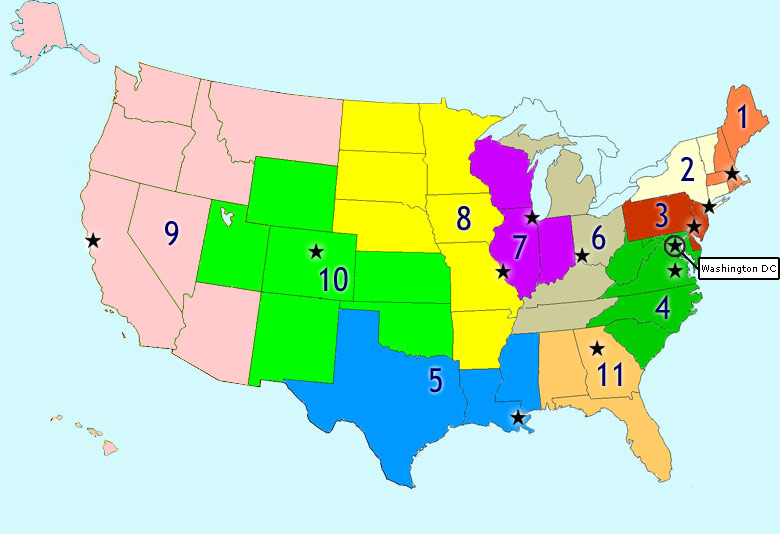Lawsuits
Plaintiffs – party that brings the suit
Defendants – party the suit is brought against
Suits can be tried, settled or dismissed
injunctions
Where do rights come from?
"We hold these truths to be self-evident, that all men are created equal, that they are endowed by their Creator with certain unalienable Rights, that among these are Life, Liberty and the pursuit of Happiness. --That to secure these rights, Governments are instituted among Men, deriving their just powers from the consent of the governed,"
constructionism (based on original intent and Natural/Divine law)
also called Originalism, or followers as Originalists
judicial activism (based on relativistic standards) "what does the law mean today?
what view does President Obama hold?
(from The Audacity of Hope) - much of the Constitution speaks in generalities that cannot tell us what the Founding Fathers would have thought about modern dilemmas: whether, for example, the National Security Agency's data mining is constitutional, or what freedom of speech means in the context of the Internet.
"Anyone like Justice Scalia looking to resolve our modern constitutional dispute through strict construction has one big problem," Obama writes. "The founders themselves disagreed profoundly, vehemently, on the meaning of their masterpiece."
Trump?
Facts and law
trial courts - fact finding
appellate courts - law reviewing
1. State (varies slightly by state constitution)
a. small claims, municipal courts
b. district, circuit courts
c. appeals courts - questions of law
d. state supreme court - last venue unless a federal issue is present
getting cases to a federal court (see text)
a. district courts (94)
trial level
b. circuit courts (Court of Appeals) (13)
what circuit is Minnesota in?
can hear cases in a 3 judge panel or en banc (11 judges)
judges at the federal level are appointed by the President
confirmed by the Senate
for life
can be impeached
can be politicized
c. Supreme Court
9 justices appointed for life
why?
Acts as a trial and appellate court (but rarely conducts trials)
3 ways to get a case to the Supreme Court:
a) direct appeal (now limited by law)
b) certification (lower court asking the SC for clarification)
c) application for a writ of certiorari
most common (about 5000)
(asking the SC to order a lower court to deliver its file on a case for review)
the Court can accept or reject this petition
about 100 cases a year starting in October
"ripeness"
majority opinion
concurring opinion
(in whole or in part)
dissenting opinion
(in whole or in part)
per curiam opinion
strength of the opinion (9-0 vs. 5-4)
